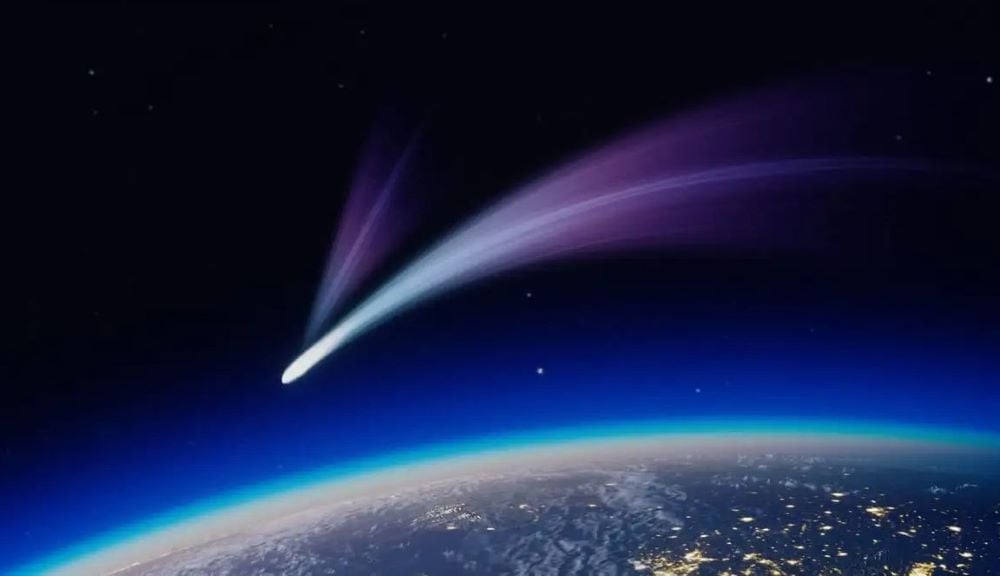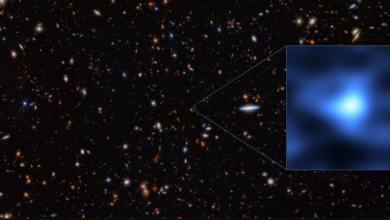A rare celestial event is set to captivate stargazers as Comet 2024 G3 (ATLAS) prepares to shine as brightly as Venus in the night sky.
This once-in-160,000-year comet, one of the brightest in two decades, will make its closest approach to the Sun next week, offering a fleeting opportunity for observers in both hemispheres to catch a glimpse.
The comet was first spotted on 5 April 2024 by the Asteroid Terrestrial-impact Last Alert System (ATLAS) using a telescope in Chile. At the time of discovery, it was an astonishing 407 million miles from Earth and barely visible, shining 158,000 times dimmer than the faintest stars detectable by the naked eye.
An ancient visitor returns
Early observations suggested that Comet G3 ATLAS originated from the distant Oort Cloud, a region of icy objects encircling the solar system. Initial concerns were that it might disintegrate before reaching perihelion—its closest point to the Sun. However, refined calculations revealed it to be a dynamically old comet, having survived a previous journey around the Sun approximately 160,000 years ago.
Where and when to look
For observers in the Northern Hemisphere, the comet’s current trajectory has posed challenges, with its path largely confined to southern constellations like Sagittarius. However, a brief viewing window will open from 12–14 January.
On the morning of 12 January, the comet will rise about 35 minutes before sunrise, appearing 5 degrees above the Sun on the east-southeast horizon. Using binoculars, observers should scan the sky roughly 25 minutes before sunrise.
On the evening of 14 January, the comet will set 35 minutes after sunset, positioned about 7 degrees above the Sun on the west-southwest horizon. Stargazers are advised to scan the sky starting 10 minutes after sunset for the best chance to spot this rare phenomenon.
A spectacle worth watching
Comet G3 ATLAS’s dramatic brightening has generated excitement among astronomers and stargazers alike. Its close encounter with the Sun offers a rare opportunity to witness a comet that could rival Venus in brightness—an event unlikely to be seen again for millennia.
Whether it dazzles or fizzles, this celestial visitor promises to leave a mark on 2024’s night skies, underscoring the wonders of our ever-changing universe.







